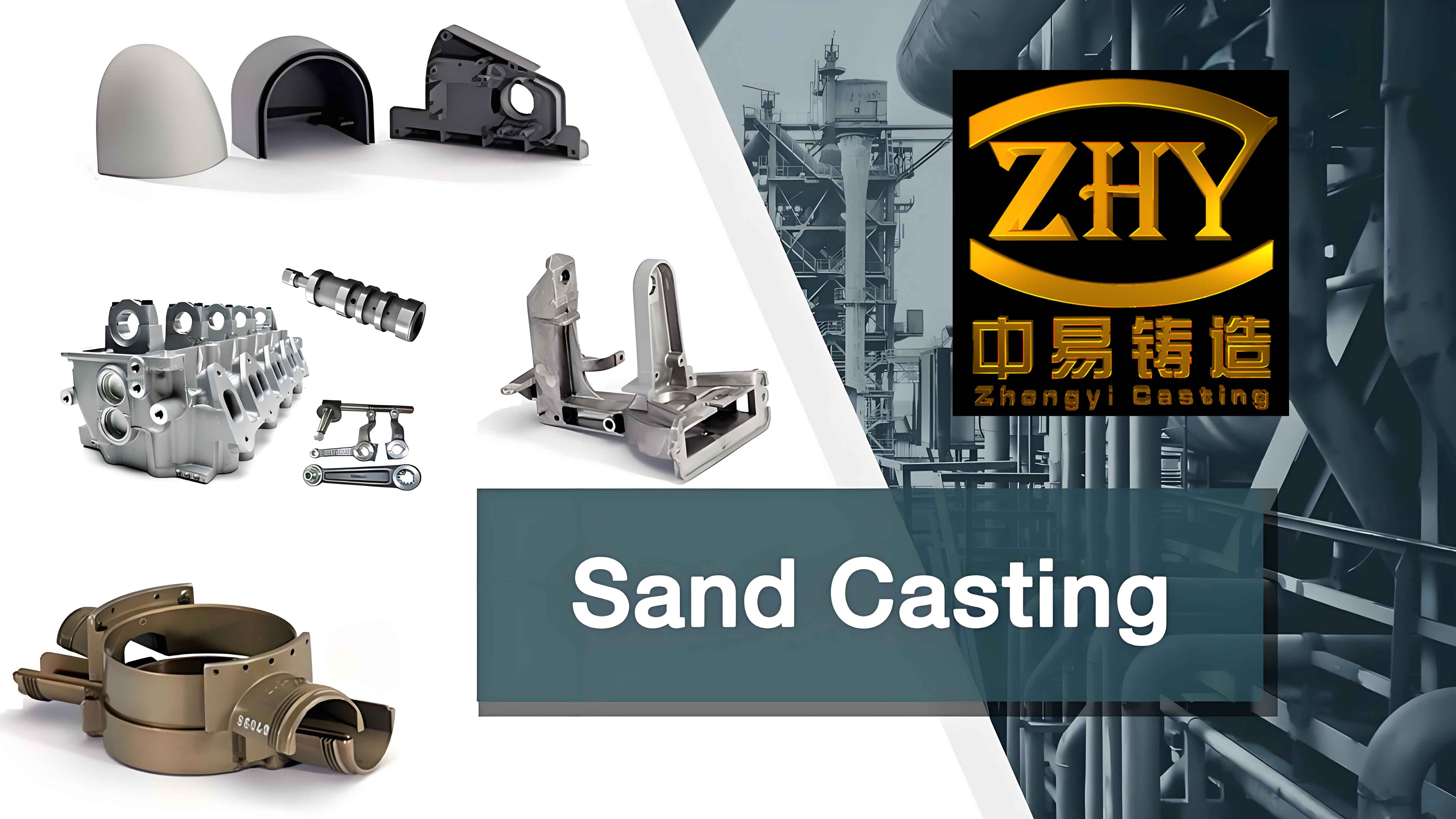This study investigates the sand casting process optimization of a QT500-7 fixed base through numerical simulation to eliminate shrinkage defects. The fixed base, serving as a critical component for industrial robotics, requires high structural integrity and defect-free properties. A systematic approach combining 3D modeling, initial process design, and ProCAST-based simulations was implemented to achieve optimal results.
1. Structural Analysis and Material Properties
The fixed base features complex geometries, including a 760 mm × 760 mm × 270 mm structure with varying wall thicknesses (20–40 mm). Key challenges include:
- Thermal management at thick sections (supporting base corners and side protrusions)
- Precision requirements for assembly surfaces
- Defect prevention in critical load-bearing areas
| C | Si | Mn | P | S |
|---|---|---|---|---|
| 3.5–3.8 | 2.5–2.8 | ≤0.3 | ≤0.07 | ≤0.02 |

2. Initial Sand Casting Process Design
The gating system was designed using open-top pouring principles for ductile iron, with key parameters calculated as:
$$ \Sigma A_{inner} : \Sigma A_{cross} : \Sigma A_{sprue} = 3 : 2.5 : 1 $$
Where:
- Sprue area: 11.88 cm²
- Runner area: 29.69 cm²
- Ingate total area: 35.63 cm²
| Component | Cross-Section (mm) | Area (cm²) |
|---|---|---|
| Sprue | Ø39 | 11.88 |
| Runner | 50 × 60 | 29.69 |
| Ingate | 30 × 30 (×4) | 35.63 |
3. Numerical Simulation and Defect Analysis
ProCAST simulations revealed critical insights into the sand casting process:
$$ t_{fill} = \frac{V_{casting}}{\Sigma A_{ingate} \cdot v_{flow}} $$
Where:
- Calculated filling time: 19.6 s
- Simulated filling time: 18.7 s
- Temperature gradient: 1360°C (pouring) → 1168°C (liquidus)
| Parameter | Value |
|---|---|
| Mesh Elements | 178,308 |
| Heat Transfer Coefficient (Metal-Sand) | 500 W/m²·K |
| Heat Transfer Coefficient (Metal-Chill) | 2000 W/m²·K |
4. Process Optimization Strategy
To address shrinkage defects identified in thick sections, the following modifications were implemented:
4.1 Riser Design
Cylindrical necked risers were positioned at critical hot spots using modulus calculations:
$$ M_{riser} = 1.2 \times M_{casting} $$
Optimized riser dimensions:
- Height: 150 mm
- Diameter: 100 mm
- Neck diameter: 60 mm
4.2 Chill Design
Gray iron chills were applied to accelerate solidification in side protrusions:
$$ t_{chill} \geq \frac{1}{2} t_{hotspot} $$
Chill dimensions: 130 mm × 130 mm × 10 mm
5. Optimized Results and Validation
The modified sand casting process demonstrated significant improvements:
| Parameter | Initial | Optimized |
|---|---|---|
| Shrinkage Volume | 0.87 L | 0 L |
| Yield | 58% | 66.2% |
The optimized sand casting process achieved:
- Complete elimination of shrinkage defects
- Stable temperature distribution during solidification
- Improved mechanical properties in critical sections
6. Conclusion
This study successfully demonstrates the effectiveness of numerical simulation in optimizing sand casting processes for complex ductile iron components. The integration of risers and chills in the modified sand casting design eliminated shrinkage defects while maintaining economic feasibility. The methodology provides a reliable framework for sand casting process optimization of similar engineering components.
Key advantages of the optimized sand casting process include:
$$ \eta_{process} = \frac{m_{casting}}{m_{total}} \times 100\% = 66.2\% $$
- Reduced trial-and-error iterations
- Improved defect prediction accuracy
- Enhanced production efficiency for sand casting applications
